Family: Tenthredinidae
Family common name: common sawflies
Subfamily: Nematinae
Tribe: Nematini
Genus: Adelomos Ross, 1935
Subgenera: none
The Tenthredinidae are the most species-rich family and are found throughout the world, in all continents but Antarctica. They are known as the “common sawflies.” They can generally be recognized by a cylindrical body and long, segmented antennaeantenna:
the sensory organ emerging from the front of the head, usually between the compound eyes and above the clypeus; includes the flagellum, scape and pedicel
 . Otherwise, they come in a variety of colors, sizes, and forms (Goulet 1992Goulet 1992:
. Otherwise, they come in a variety of colors, sizes, and forms (Goulet 1992Goulet 1992:
Goulet H. 1992. The genera and subgenera of the sawflies of Canada and Alaska: Hymenoptera. Symphyta. The insects and arachnids of Canada. Part 20. Agriculture Canada Publication.).
Nematinae is the second-largest subfamily of Tenthredinidae, with over 1,250 species (Prous et al. 2014Prous et al. 2014:
Prous M, Blank SM, Goulet H, Heibo E, Liston A, Malm T, Nyman T, Schmidt S, Smith DR, Varing;rdal H, Viitasaari M, Vikberg V, and Taeger A. 2014. The genera of Nematinae (Hymenoptera, Tenthredinidae). Journal of Hymenoptera Research 40: 1-69. " target="_blank">https://doi.org/10.3897/JHR.40.7442). They are most diverse in northern Eurasia and North America; only a few species occur in the Southern Hemisphere. Nematinae sawflies have a variety of feeding habits, including external leaf feeding, leaf mining, and gall forming, and feed on a variety of hosts (Smith 2003bSmith 2003b:
Smith DR. 2003b. A Synopsis of the sawflies (Hymenoptera: Symphyta) of America south of the United States: Tenthredinidae (Nematinae, Heterarthrinae, Tenthredininae). Transactions of the American Entomological Society 129 (1): 1-45.).
The Nematinae have been subject to numerous revisions in recent years. As of 2021, there are no comprehensive keys to many of the North American species of Nematinae (Prous et al. 2014Prous et al. 2014:
Prous M, Blank SM, Goulet H, Heibo E, Liston A, Malm T, Nyman T, Schmidt S, Smith DR, Varing;rdal H, Viitasaari M, Vikberg V, and Taeger A. 2014. The genera of Nematinae (Hymenoptera, Tenthredinidae). Journal of Hymenoptera Research 40: 1-69. " target="_blank">https://doi.org/10.3897/JHR.40.7442). Because of changing taxonomy and extreme variability in morphology, identifying genera and species in the Nematinae may be more challenging than in other subfamilies of Tenthredindae. For this reason, knowing the host or behaviors of a specimen can be extremely helpful for identification within this subfamily.
Adelomos is monotypicmonotypic:
describes having only one representative; ex. a genus that includes only one species
. Adelomos cleone is uncommon, about 5 mm in length, and mostly a pale yellow-brown in color, with clear wings and a pale yellow-brown stigmastigma:
a section of the fore wing at the apex of vein C that is sclerotized, rounded and often darkened
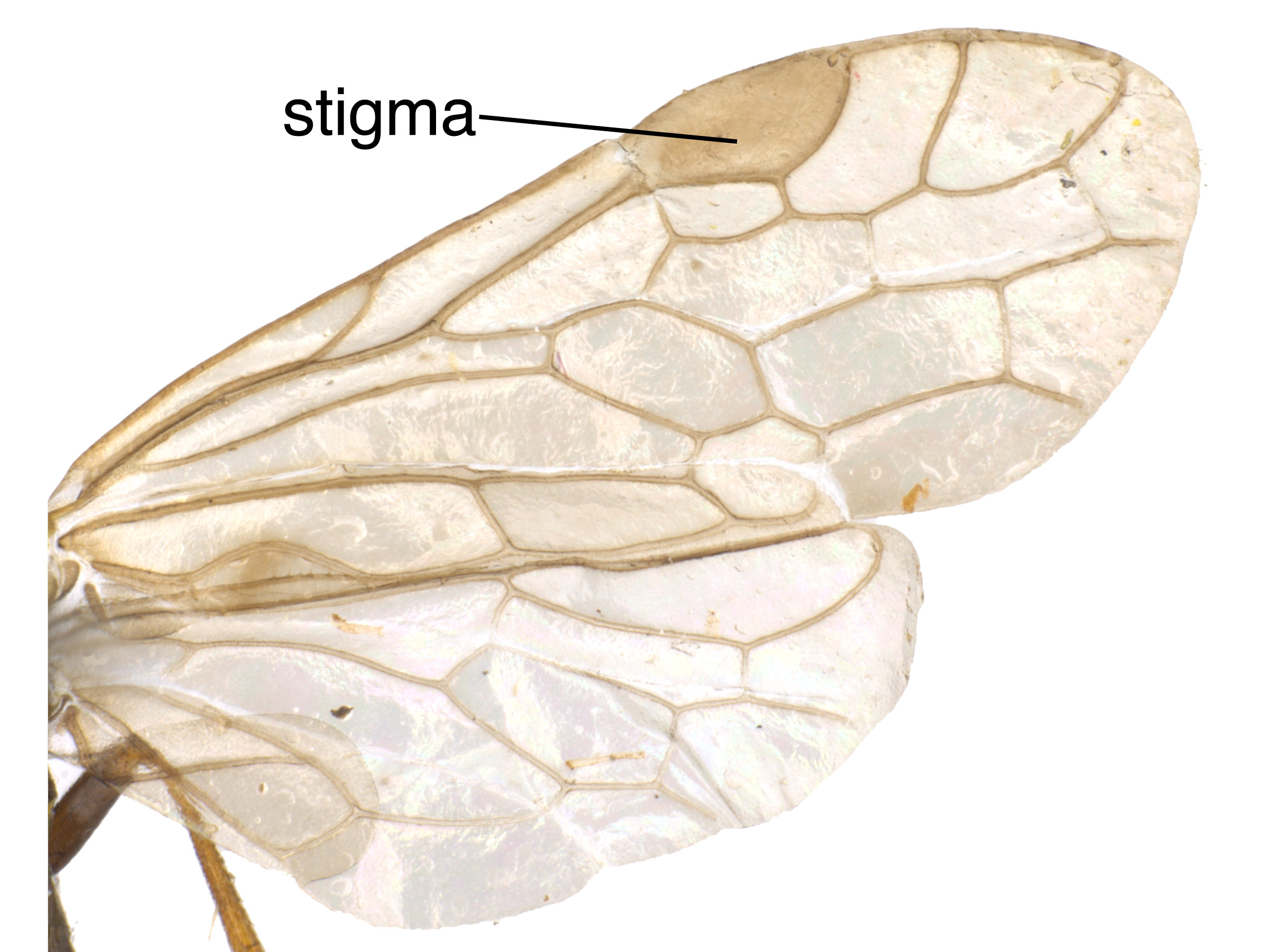 (Ross 1935Ross 1935:
(Ross 1935Ross 1935:
Ross HH. 1935. The Nearactic [sic!] sawflies of the Dineura complex (Hymen.: Tenthredinidae). The Canadian Entomologist 67 (9): 201-205., Taeger et al. 2018Taeger et al. 2018:
Taeger A, Liston AD, Prous M, Groll EK, Gehroldt T, and Blank SM. 2018. ECatSymmdash;Electronic World Catalog of Symphyta (Insecta, Hymenoptera). Program version 5.0 (19 Dec 2018), data version 40 (23 Sep 2018). Senckenberg Deutsches Entomologisches Institut (SDEI), Muuml;ncheberg. https://sdei.de/ecatsym/ Accessed: 28 Jan 2020.).
There is a single described species worldwide, and it is North American (Taeger et al. 2010Taeger et al. 2010:
Taeger A, Blank SM, and Liston AD. 2010. World Catalog of Symphyta (Hymenoptera). Zootaxa 2580: 1-1064.).
Subfamily characters
 (Goulet 1992Goulet 1992:
(Goulet 1992Goulet 1992: vein 2A+3A incomplete and straight (Prous et al. 2014Prous et al. 2014:
vein 2A+3A incomplete and straight (Prous et al. 2014Prous et al. 2014: vein 2m-cu meeting cellcell:
vein 2m-cu meeting cellcell: 1Rs above (Goulet 1992Goulet 1992:
1Rs above (Goulet 1992Goulet 1992:Genus characters
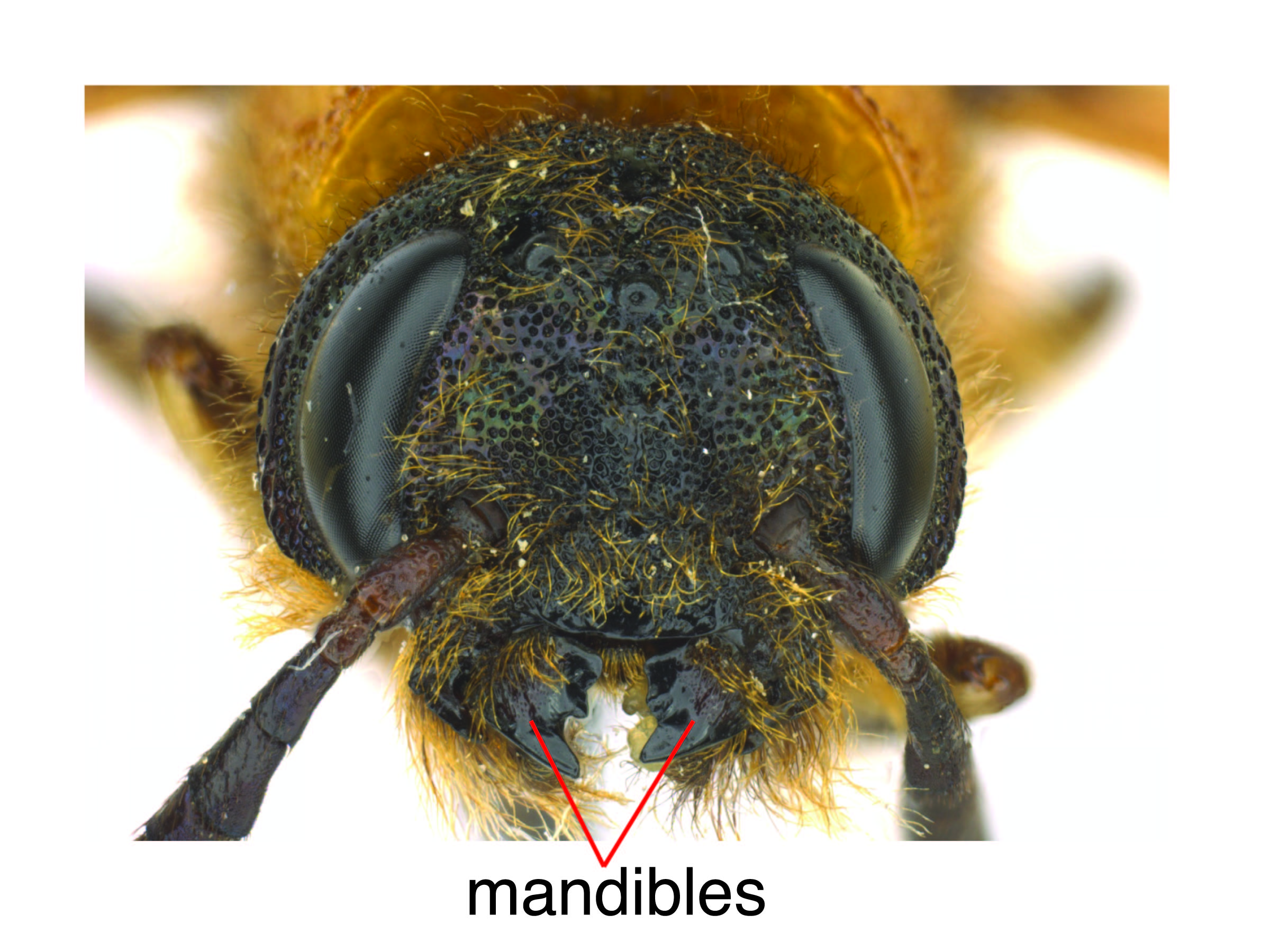 markedly constricted near middle (Goulet 1992Goulet 1992:
markedly constricted near middle (Goulet 1992Goulet 1992: deeply emarginated (Prous et al. 2014Prous et al. 2014:
deeply emarginated (Prous et al. 2014Prous et al. 2014: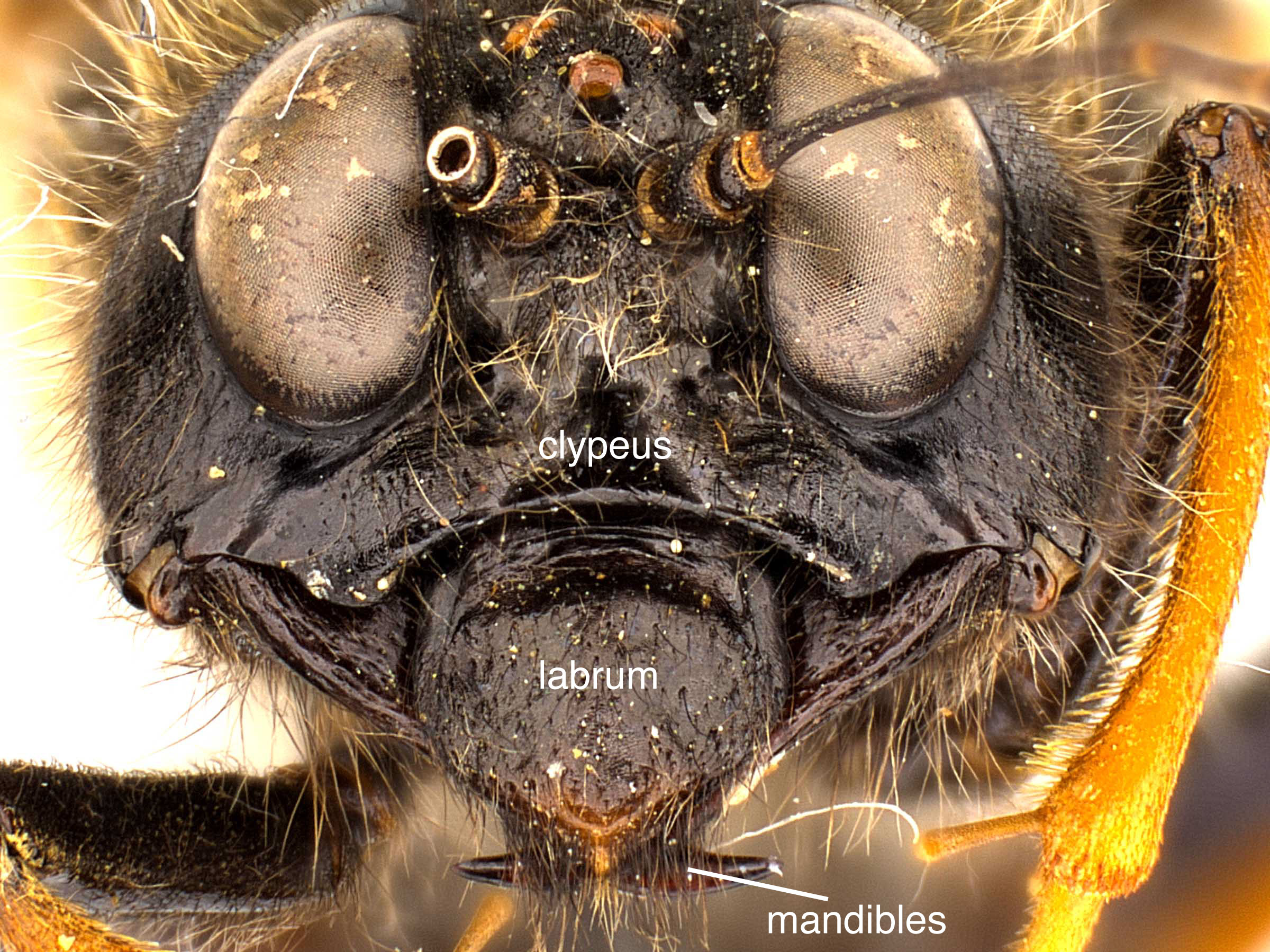 apically emarginated (Prous et al. 2014Prous et al. 2014:
apically emarginated (Prous et al. 2014Prous et al. 2014: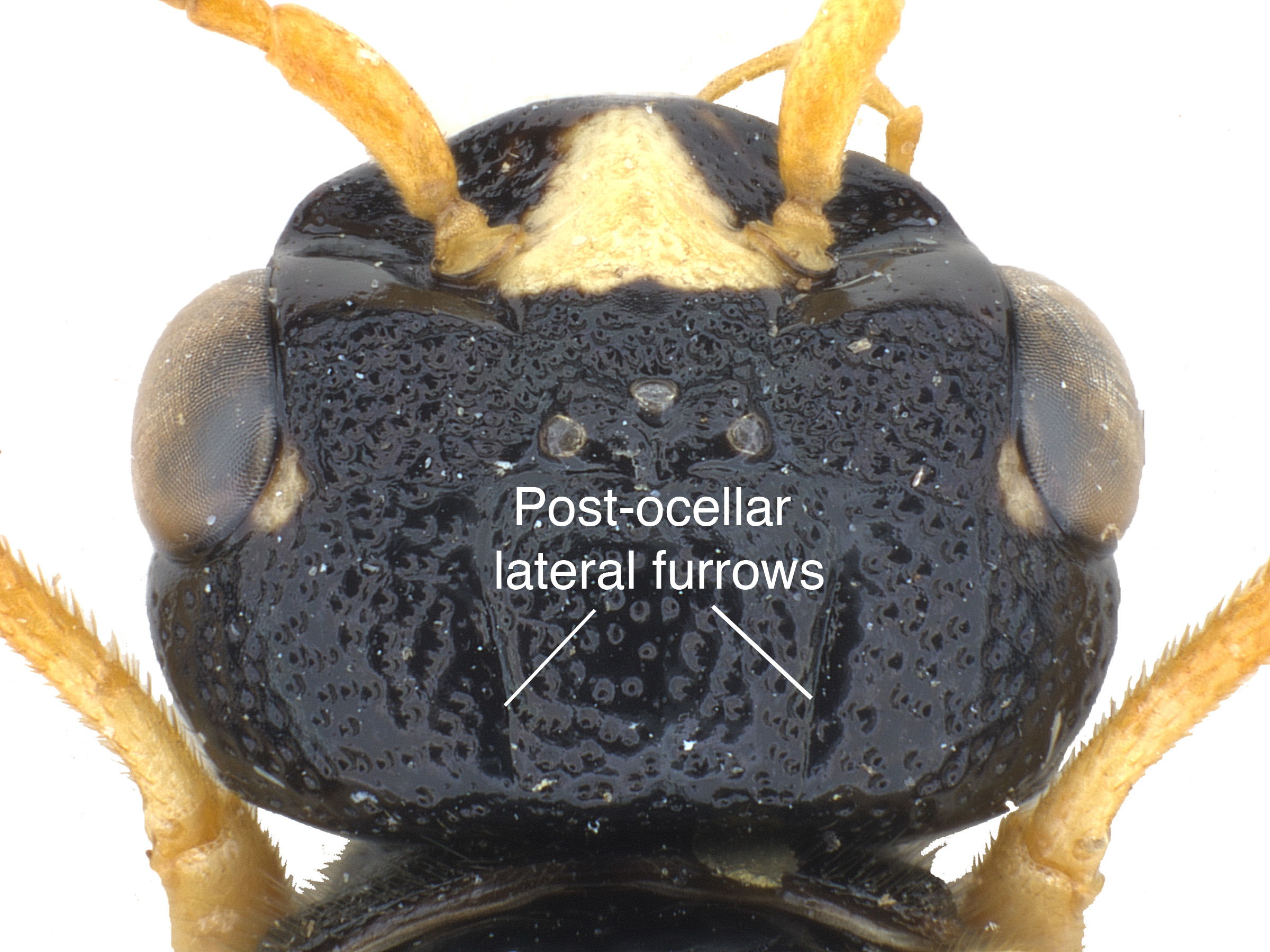 absent (Prous et al. 2014Prous et al. 2014:
absent (Prous et al. 2014Prous et al. 2014: vein 2r-rs present (Goulet 1992Goulet 1992:
vein 2r-rs present (Goulet 1992Goulet 1992: cellcell:
cellcell: 1M slightly constricted apically
1M slightly constricted apically veins M and Rs+M relatively widely separated on veinvein:
veins M and Rs+M relatively widely separated on veinvein: R (Goulet 1992Goulet 1992:
R (Goulet 1992Goulet 1992: vein 2A meeting 1A; basalbasal:
vein 2A meeting 1A; basalbasal: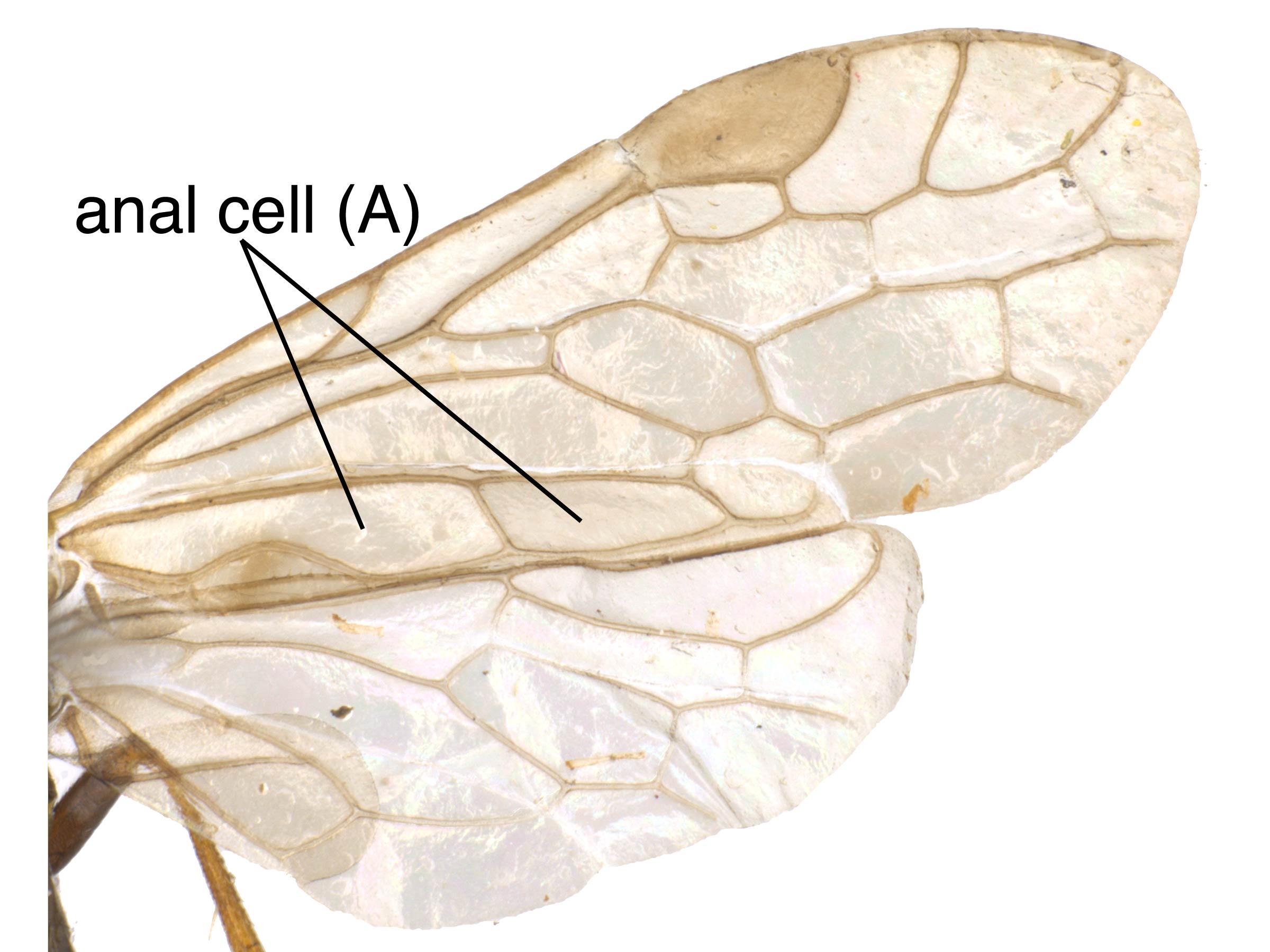 present (Goulet 1992Goulet 1992:
present (Goulet 1992Goulet 1992: of hind winghind wing:
of hind winghind wing: longer than veinvein:
longer than veinvein: cu-a (Prous et al. 2014Prous et al. 2014:
cu-a (Prous et al. 2014Prous et al. 2014: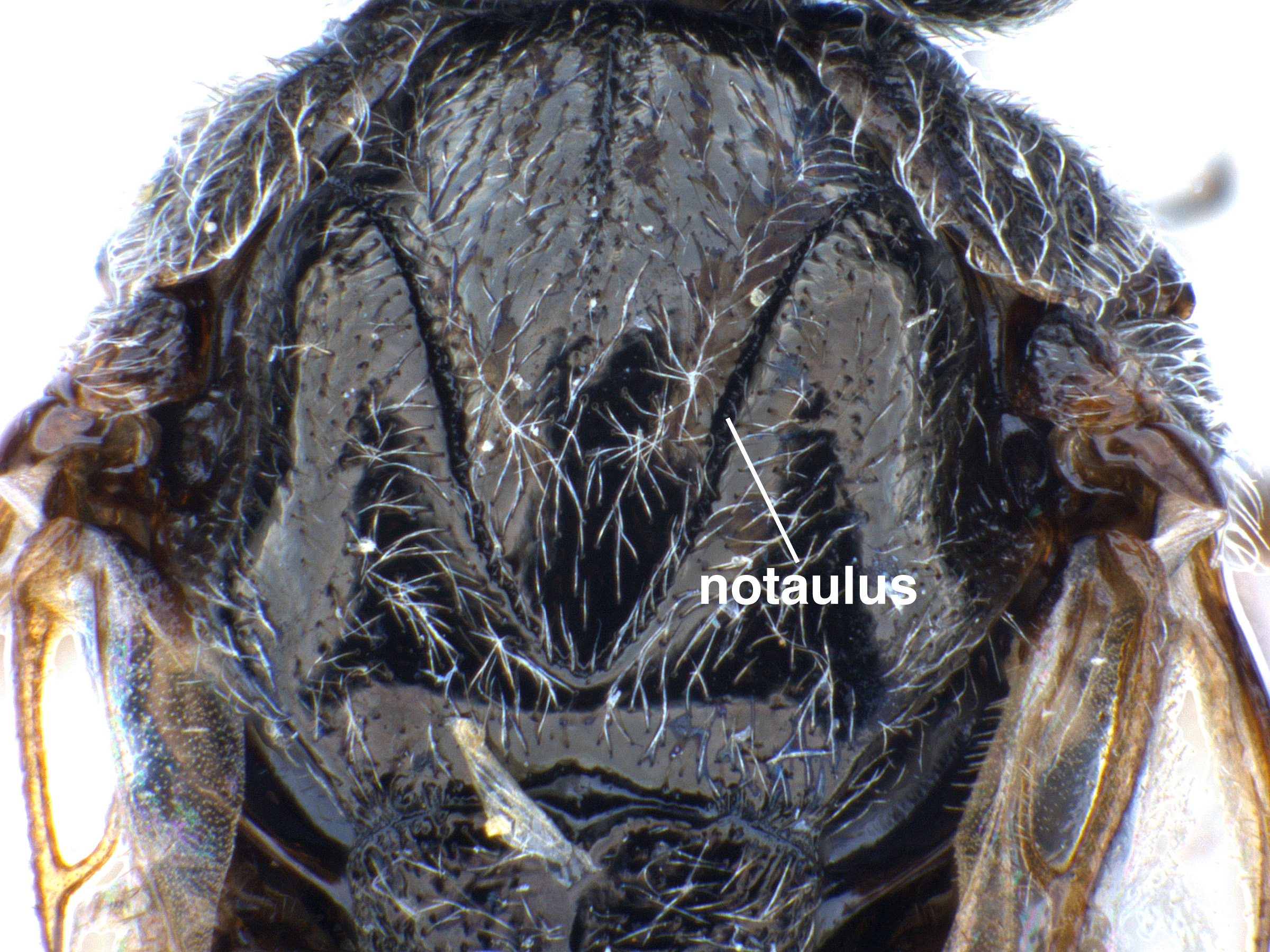 clearly outlined (Goulet 1992Goulet 1992:
clearly outlined (Goulet 1992Goulet 1992: with long inner tooth (Goulet 1992Goulet 1992:
with long inner tooth (Goulet 1992Goulet 1992:Adelomos may be confused with other genera in the subfamily Nematinae — particularly those with shorter antennaeantenna:
the sensory organ emerging from the front of the head, usually between the compound eyes and above the clypeus; includes the flagellum, scape and pedicel
 such as Caulocampus or Hoplocampa — but can be distinguished by the asymmetrical outer surfaces of the mandibles, the presence of fore wingfore wing:
such as Caulocampus or Hoplocampa — but can be distinguished by the asymmetrical outer surfaces of the mandibles, the presence of fore wingfore wing:
the anterior wing of each pair of wings; usually the largest wing of the pair
 vein 2r, and the long inner tooth of the tarsal clawtarsal claw:
vein 2r, and the long inner tooth of the tarsal clawtarsal claw:
sharpened appendage emerging from the apex of the tarsus
 (Goulet 1992Goulet 1992:
(Goulet 1992Goulet 1992:
Goulet H. 1992. The genera and subgenera of the sawflies of Canada and Alaska: Hymenoptera. Symphyta. The insects and arachnids of Canada. Part 20. Agriculture Canada Publication.).
none
unknown
unknown
World: The genus is known only from North America (Taeger et al. 2010Taeger et al. 2010:
Taeger A, Blank SM, and Liston AD. 2010. World Catalog of Symphyta (Hymenoptera). Zootaxa 2580: 1-1064.).
North America: Adelomos occurs in the Midwest and eastern United States, in Illinois, Michigan, Kentucky and Virginia (Ross 1935Ross 1935:
Ross HH. 1935. The Nearactic [sic!] sawflies of the Dineura complex (Hymen.: Tenthredinidae). The Canadian Entomologist 67 (9): 201-205., Goulet 1992Goulet 1992:
Goulet H. 1992. The genera and subgenera of the sawflies of Canada and Alaska: Hymenoptera. Symphyta. The insects and arachnids of Canada. Part 20. Agriculture Canada Publication., GBIF).
Map data from: GBIF.org (29 October 2019) GBIF Occurrence Download Adelomos
Details about data used for maps can be found here.